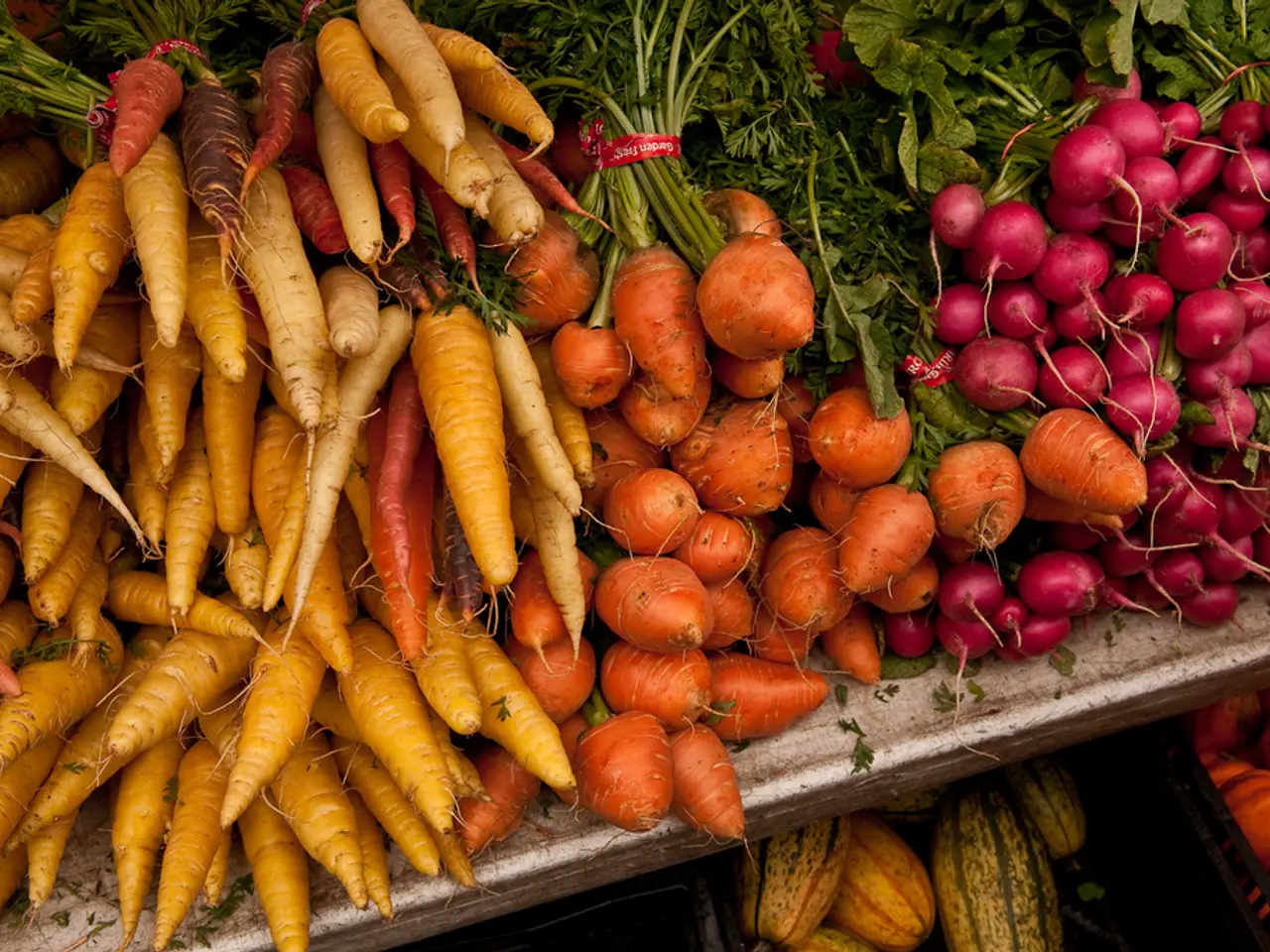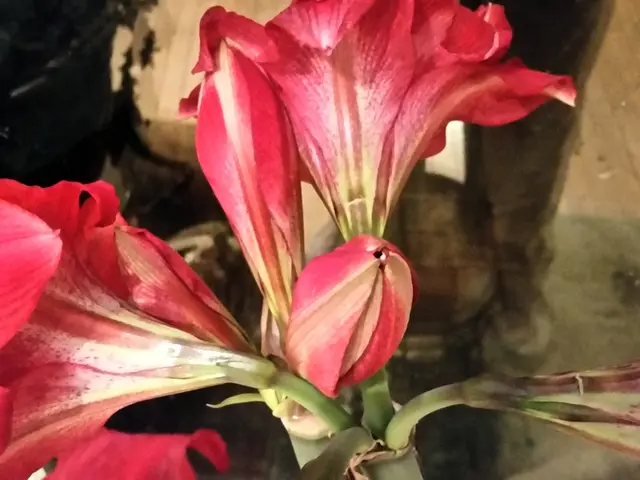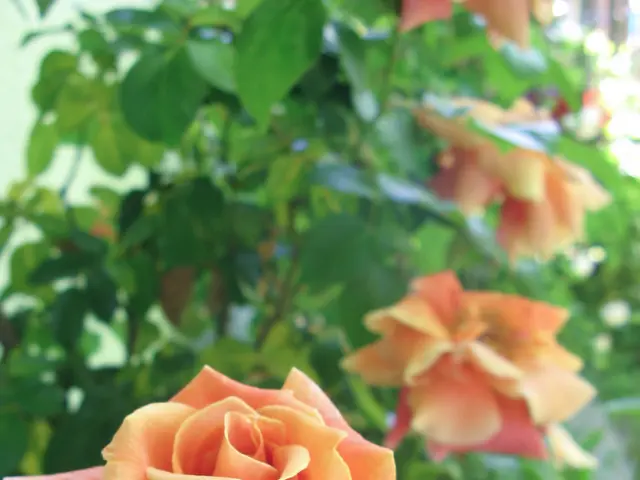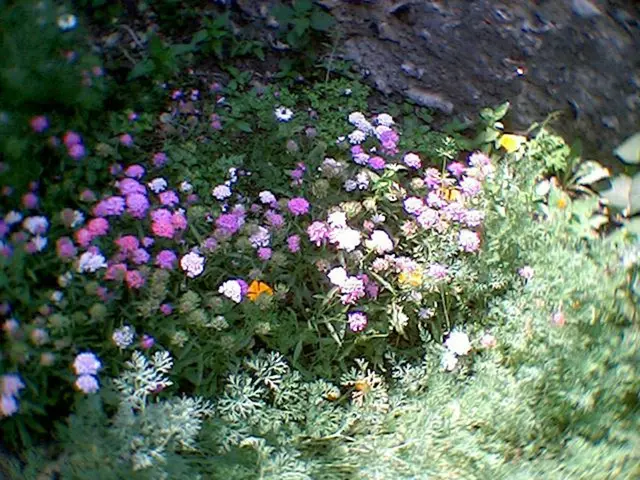Strategies to cultivate vegetables in low-light environments:
Vegging Out in Shade: A Guide to Growing Veggies in the Shadows
Who says you need sunlight to grow veggies? Not us! Here's a handy guide on how to cultivate your favorite veggies, even when your garden is shrouded in shade.
Pick the Right Veggies
Even though most vegetables crave the sun, there are a few courageous crops that don't mind a bit of shade. Beetroot, radish, and salad leaves are just a few options. Some crops, like salad greens, can even benefit from a little protection from the summer heat. Check out the Top 10 Veggies for Shade Lovers.
Grow 'Em Right
- Sow your seeds in a sunny spot initially, then transplant them to a shadier one once they establish a healthy root system. Alternatively, sow your seeds on a bright windowsill.
- Grow crops that can be trained up supports, like runner beans, French beans, and Tromboncino courgettes. These sun-loving plants can be trained to grow upwards so their fruits can ripen in the warm light.
Attract Beneficial Insects
Add a splash of color to your veggie patch with annual flowers, such as cornflowers and borage. These pretty plants will help lure pollinating and beneficial insects to your shady corner.
Plant Wisely
Avoid planting too close to the base of walls, where shade is densest and the soil is often poor and dry. Add plenty of well-rotted compost or manure to help improve the soil and encourage plants to establish.
Pest Control
Protect your shady plants from those pesky critters like slugs and snails, which love damp, shaded areas. Use cloches, gritty compost, or all sorts of traps and deterrents to keep them at bay.
Bounce Light Around
Maximize available light by creating reflective surfaces around your growing space. Paint walls and fences white, or attach mirrors or boards covered in aluminum foil to bounce light around.
Raised Beds and Containers
Build raised beds or grow in containers to lift plants up and out of the densest shade. Grow crops in light plastic or fibreglass pots so they can be moved to the sun to help them fruit and ripen.
Space 'Em Out
Don't overplant your beds and containers. Give your crops plenty of space to allow as much light to reach each one as possible.
Shade-Tolerant Veggies: The List
- Carrots: Partial shade, root crop
- Beetroot: Partial shade, root crop
- Chard: Partial shade, leafy stems
- Peas (Kelvedon Wonder): Some shade, shade-tolerant variety
- Spinach: Partial shade, leafy green
- Kale: Partial shade, nutritional powerhouse
- Asian Greens (Bok Choy, Tatsoi): Light shade, fast growing
- Collards: Part shade, hardy greens
- Cabbage: Part shade, cooler environment beneficial
- Cauliflower: Part shade, prefers cool, shaded spots
Growing veggies in the shadows is not only possible but can also be productive and fun! With the right plants and a bit of know-how, you'll have a thriving veggie patch in no time.
Extra Info:
- Peas (Kelvedon Wonder): A variety of peas that tolerates some shade.
- Spinach: A leafy green that thrives in cooler, shaded conditions and partial sunlight.
- Kale: Grows well in partial shade and maintains nutritional value in cooler, less sunny environments.
- Asian Greens (Bok Choy, Tatsoi): Quick-maturing, productive shade-tolerant Asian greens.
- Collards: A hardy green that tolerates part shade well and handles a range of temperatures.
- Cabbage: Growing in part shade with 3-6 hours of sunlight can help prevent bitterness.
- Cauliflower: Prefers cooler temperatures and part shade. Its large leaves help retain soil moisture and suppress weeds.
Yes, I am aware that mushrooms aren't technically vegetables, but they grow surprisingly well in complete shade and can be a great option for the darker corners of your garden.
Gardening doesn't have to be limited to the sunny spots in your home-and-garden. Raised beds can be spearheaded with shade-tolerant crops like carrots, beetroot, chard, peas (Kelvedon Wonder), spinach, kale, Asian greens (Bok Choy, Tatsoi), collards, cabbage, and cauliflower. For a more vibrant, productive shade veggie patch, incorporate gardening tips such as sowing seeds initially in sunny spots, then transplanting them to shadier areas, utilizing reflective surfaces to bounce light around, and spacing out your plants to help them thrive.








